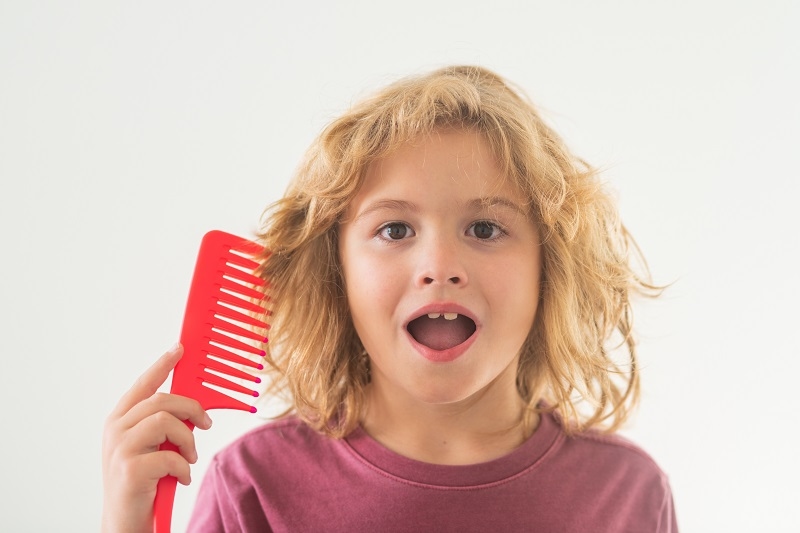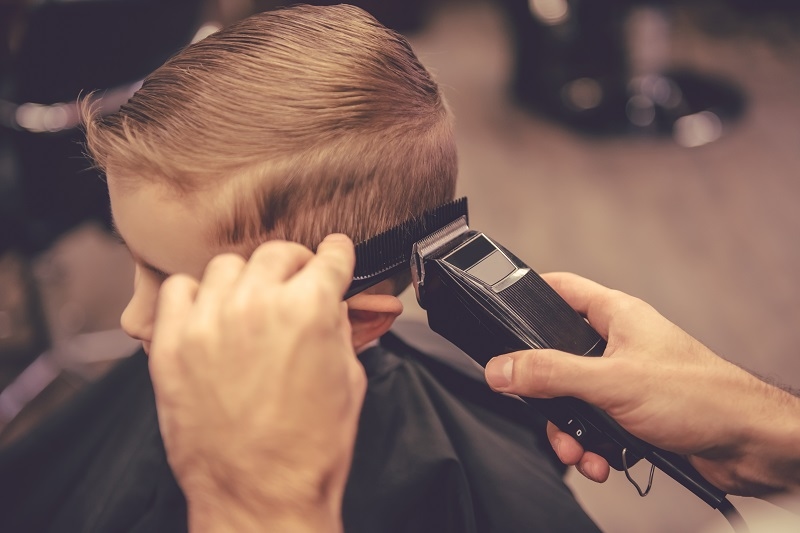
In the colorful tapestry of Ancient Egyptian society, hairstyles defined much about identity, social status, and cultural values. Although adult hairdos feature rather frequently in most recorded documents, hairdo among youths occupies a very hidden yet interesting place in the whole history of ancient Egyptian society. Elaborate grooming among children was so interwoven into family culture, symbolic means, and customs of the societies to form the backbone of all that is being Egyptian.
Hair in Ancient Egypt was not just a body feature, but it had more to it as a representation of cultural identity, family relations, and status in society. The hairstyles of children are, in particular, symbolic in terms of layers of religious beliefs, social expectations, and family traditions. The attention the Egyptians paid to the hairstyles of their children underscored the deeper significance of the grooming practices themselves. These customs were not merely aesthetic but possessed spiritual and protection connotations as well.
The most common hairstyle for kids during the Ancient Egyptian period was the "sidelock of youth." There was a lock of hair left on the side of the head, and the entire scalp was shaved or cut close to the head. This was not just a fashion statement but also denoted the youth of a child and its entry into becoming an adult.
It also had the religious connotation connected to a god named Horus, which indicated protection and god's favor. Parents felt comfortable having this type of hairstyle as they would be safe and prosper under the observation of the gods.
He would shave off his head. This was something the young boys, particularly from the higher classes, used to do regularly. This was quite practical since the infestations by lice and others were minimal, especially in the hot climate of Egypt. In some other occasions, they also used wigs bedecked with beads, gold ornaments, or braided patterns, indicating status and power.
Ancient Egyptian children's hairstyles held symbolic layers that far outreached mere grooming. Shaving or styling a child's hair became an act that spiritually had a sense for the better-ment of the child by making them free from harm and also by making them more susceptible to the ways of the divine.
For instance, the sidelock represented the child's identification with Horus who is often depicted in the most immature form and symbolized rebirth and renewal. In this style of hair, parents thought they were asking for Horus's favor to safeguard the child's future.
Hair was also closely associated with family and society because it was meant to reflect a child's position in society through the style or accessories for that child's hair. This sometimes signified a family's status in society and their wealth level, as well as what a family expects their child to grow up to become. Families did take time to prepare their children as a show of respect towards tradition and themselves within Egyptian society.
Although men had sidelocks that were a ritual, hairstyles by women could take the freedom to be much more creative and imaginative. The locks were usually worn in intricate braids or plaited forms with strings of beads or flowers. This ability of Ancient Egyptian youth to have such hairstyles was a display of their ingenuity and artistry together with their society's cultural insanity for beauty and order.
Part of the overall grooming for girls from the upper classes was wigs, which were ornamented, extravagant, and made of human hair or plant fibers. They symbolized prosperity in the family and the religious and social background of a person.
Boys, on the other hand, came in much duller designs save for the signature sidelock as a unique touch. Still, they were made to wear a wig or ceremonial hat during certain holidays and festivities thus once more making hair a recurring theme in everyday Egyptian life.
Family traditions were very much associated with children's hair grooming. Parents were responsible for their children's hairstyles as they took care of them to fit the cultural norms and symbolic meanings set. Such acts were considered an extension of parental care and preparation for the future roles of the children.
Some other rituals and ceremonies are also seen in some families regarding the shaving or styling of their children's hair. Usually, the first haircut is given in a sacred place where there are prayers and offerings to the gods. It reveals that hair was marked for all the spiritual activities of human life, even every stage of growth.
Hairstyles were used to ensure that children were disciplined and respected tradition. They would be taught to groom themselves in respect of the value attached to this activity, passing down cultural values from one generation to another.

Social classes made a huge difference in hair care in Ancient Egypt. Rich families had services of professional barbers along with luxuriously expensive wigs and many other ornaments. Members belonging to lower classes were limited to relatively simple grooming techniques.
Children from working families had shaved heads as a practical reason, with very minimal ornamentation. However, even within these families, the sidelock of youth remained an identifying cultural and religious feature. This goes a long way in explaining how hair symbolism cut across economic lines as a common feature of all Egyptians.
Hairstyles of the wealthy family were an avenue for expression of showing their richness and excellent sense of fashion. The pricey wigs, gold, beads, or precious stones made for good styles during ceremonies and festivals. Also, the wigs were tailor-made to demonstrate the richness of the family and the intent of conserving cultural heritage.
With maturity, there came a change in their hairstyle as with the role assigned to them. The sidelock of the child was often removed at puberty in the process of becoming an adult. It normally occurred at the time of a ritual or another form of celebration, signifying that the child was ready to take up some new responsibilities.
For girls, this means even more complex hairstyles-than, for instance, braids in which layers overlap and go up or fancy coiffures-which complexity all the more certainly marks the becoming young woman-mother, according to a kind of aesthetic representation of what such a person looks like.
Boys were, however, put on haircuts that symbolized maturity and the acceptance into father's trade or social status. Their loss of the sidelock marked their readiness to work for the family and society, portraying the role that hair played in Egyptian culture.
Traditions of children's hair and hairstyles in Egyptian society open one's eyes to the values of this ancient nation. They went beyond mere grooming itself and connected them to family, community, and the divine.
They belonged to a wider cultural context as portrayed in hairstyles that expressed values and aspirations in a family or in society. In many ways, the practice remains an heirloom of contemporary Egypt's obsession with hair symbolism, in both its art, literature, and archaeology.
Egyptian Hairstyles, instead of simple and aesthetic choice options, handled such rich values of beliefs as well as cultural or religious ones. The well-famed sidelock of youth symbolized the culture, and at the same time, wigs or hairstyles represented status in well-born families-the way Egyptian society believed and expected one to behave like.
These hairstyles, aside from keeping the child's physical body in shape, also protected spiritually and gave honor to the needs of society. These traditions passed down from generation to generation reveal the deep connection of personal grooming and cultural identity of Ancient Egypt.
These are simply easy hair styles that remind one how, in Egyptian society, hair stands for identity, community, and belief systems and always stands as insight into one of history's most remarkable civilizations.
This content was created by AI